2024 mid-year product update
31. July 2024
We've had a lot of exciting new updates that we've pushed to our users in the first half of this year, spanning across our comprehensive suite of quantum device modelling, characterisation, and calibration software. While some of these are quality-of-life updates that improve the software under-the-hood, such as easier updating or more flexible deployments, many of them are focused on improving the user interface and user experience, adding noise modelling tools, expanding support to new platforms, and fixing bugs reported by our users. This half-yearly update is a condensed note that highlights the key developments from the last 6 months. Please request access to our documentation, or sign up for our newsletter or keep an eye out for our upcoming blog posts to get more detailed information on each of these release items.
Contents:
Launch of QruiseOS and QruiseML
At APS in March 2024, we launched fully redesigned versions of our flagship products QruiseOS and QruiseML, offering scientists and engineers in quantum labs an extensive set of software tools to not only automate the bring up of their devices but also develop accurate, data-driven models of the system. Check out the QruiseOS and QruiseML product pages for more details or see below for specific features.
QruiseML:
Model learning for flux-based gates
Flux-based gates suffer from the implementation challenge of flux line distortions resulting from a variety of effects in the classical control stack in typical superconducting qubit systems. We released a physics-informed machine learning tool for efficiently characterising the qubit and control parameters to 99%+ accuracy using data from population exchange chevrons and standard cryoscope-like experiments. Our tool also sheds light on the physical implications of the learned parameters and offers techniques to accurately modify pulses for better gate fidelity.
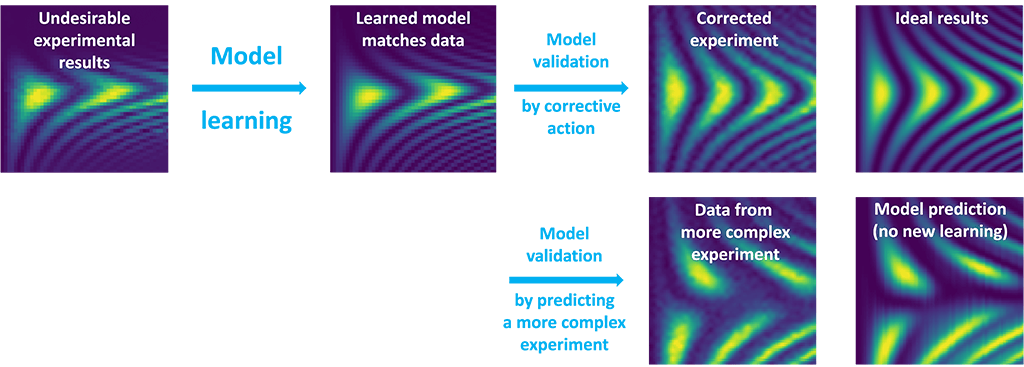
Noise modelling
We added support for non-Markovian noise and the software now allows modelling of arbitrary Gaussian noise processes, whether stationary or non-stationary. The interface is such that every Gaussian process is defined as an AbstractGaussianProcess which is defined over a support (field or simulation grid). The knowledge one has from the Gaussian process of interest may originate from its characterisation in the time domain or in the frequency domain. Either knowing the covariance matrix in the time domain or knowing the power spectral density function in the frequency domain suffices to generate stochastic trajectories of the Gaussian process of interest. We support standard techniques such as spectral convolution (given the PSD), Cholesky factorisation (given the covariance matrix), circulant embedding (given the covariance function) and the Langevin Equation method (for fractional Brownian motion or the Ornstein-Uhlenbeck process). We also released examples showing how to use the software to simulate arbitrary 1/f-type noise in your system and how to accurately reproduce quantum noise spectroscopy and dynamical decoupling experiments in simulation. See these example dynamics of a simulated CPMG type sequence and check out our noise modelling example notebooks (request access) for more details.
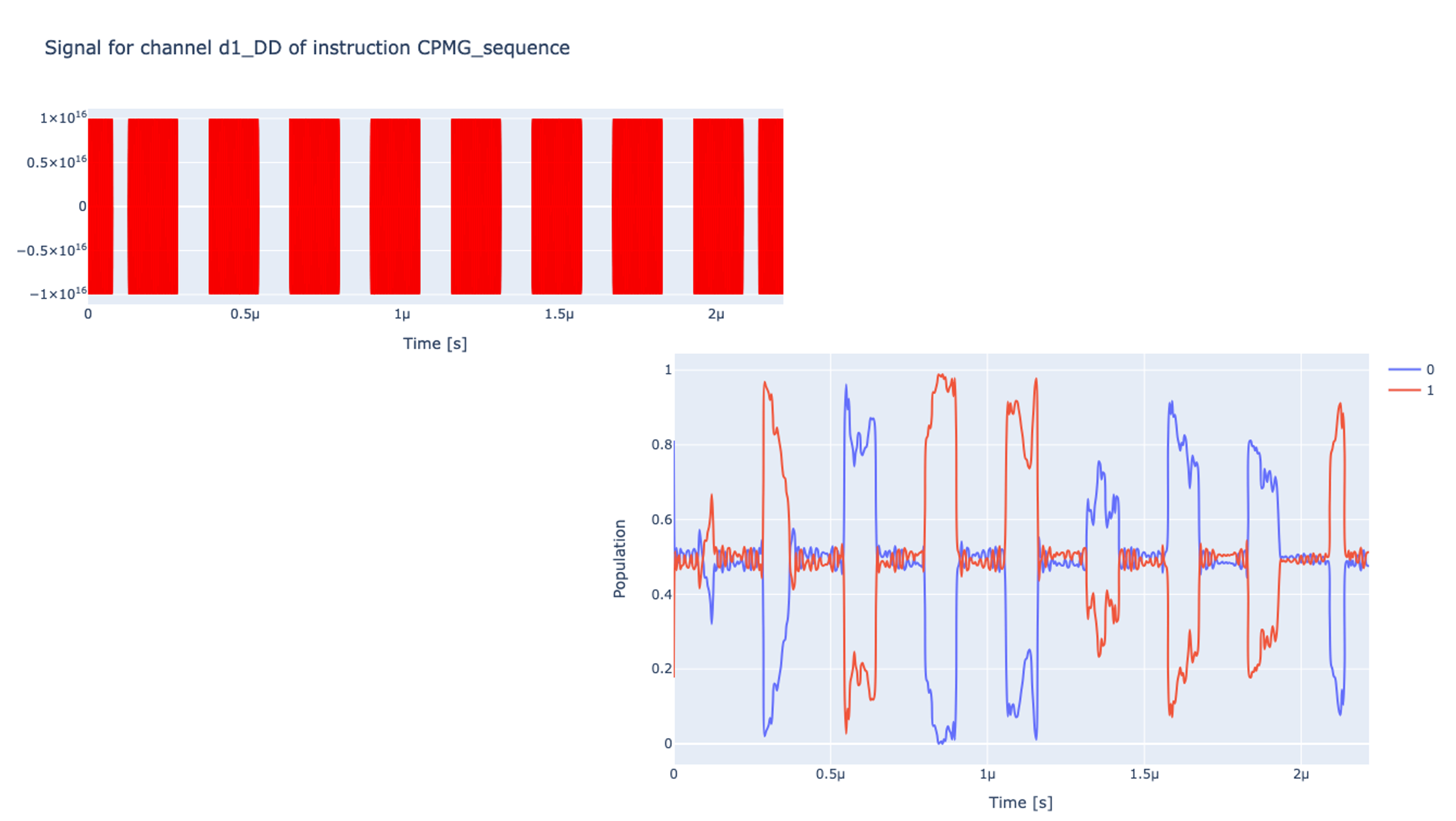
Rydberg atom systems
As one of the most promising platforms for scalable, fault tolerant quantum computing (Xu et al., Nat. Phys. 20, 1084–1090 (2024)), Rydberg atoms enjoy a first class support in the Qruise ecosystem. We have improved existing tools and released several new features for our Rydberg atoms library:
Modelling
Some of the key factors affecting the fidelity of gates in Rydberg-based systems are:
- Laser inhomogeneity and detuning errors
- Atomic motion (temperature)
- Rydberg lifetime & choice of Rydberg states
- Laser intrinsic intensity and phase noises
In order to design optimised pulses that are robust to all these system imperfections, it is crucial to have an accurate digital twin to simulate all these effects. Over the last year, we systematically expanded our Rydberg Atoms library to cover many of these phenomena in the system model. For single qubit gates, we added support for modelling:
- Bandwidth constraints
- Trapping frequency variations
- Global beam inhomogeneities
- Misalignment errors
This allows us to generate pulses optimised using optimal control that can be much faster than standard BB pulses while still maintaining similar levels of fidelity.
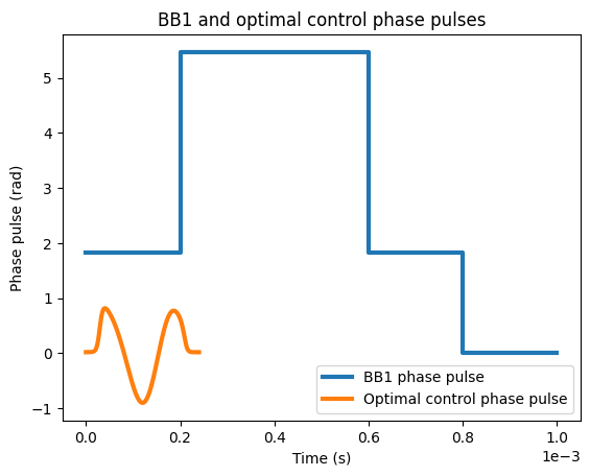
Additionally, for 2-qubit gates, we've also added support for modelling:
- Coupling between qubit and motional modes
- Differential trapping
- Repulsive force
- Finite lifetime of Rydberg states
This allows us to design 2-qubit gates that can reach the theoretical quantum speed limit under realistic experimental conditions.
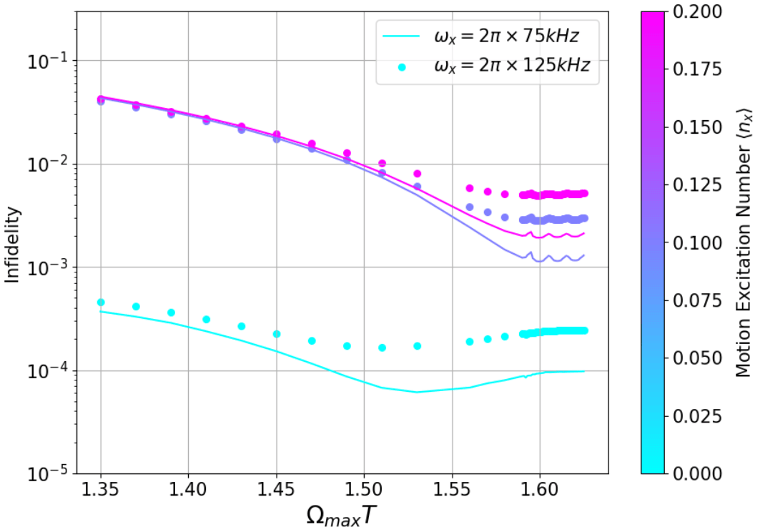
Integration with Aquila and Braket:
Our Rydberg modelling and optimisation library is now integrated with Aquila over AWS Braket. This taps into our Analog Quantum Computation library where we used our digital-twin-optimised pulses to demonstrate a more than 2x improvement in the Anti-Ferromagnetic State Preparation task on QuEra's Aquila QPU.
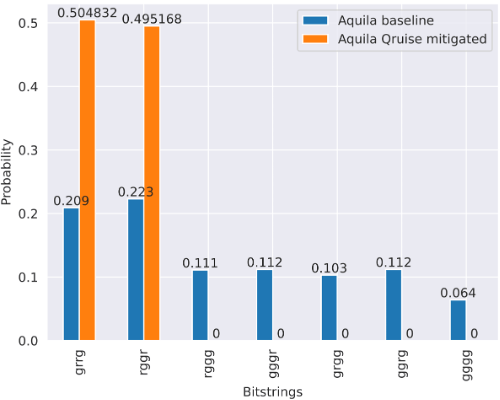
Check out our blog on AFM state preparation to know more about the modelling details.
Benchmarking with RB and QV
We now have native support for randomised benchmarking and quantum volume in our characterisation library. We've also released an open source suite of quantum benchmarks that are built on top of Qiskit circuits and allow benchmarking of pulses, gates and circuits on Qruise digital twin. We've also published examples (see Github repo) showing how these benchmarking circuits can be used to characterise pulses on Rydberg atom systems while accounting for both qubit and control imperfections.
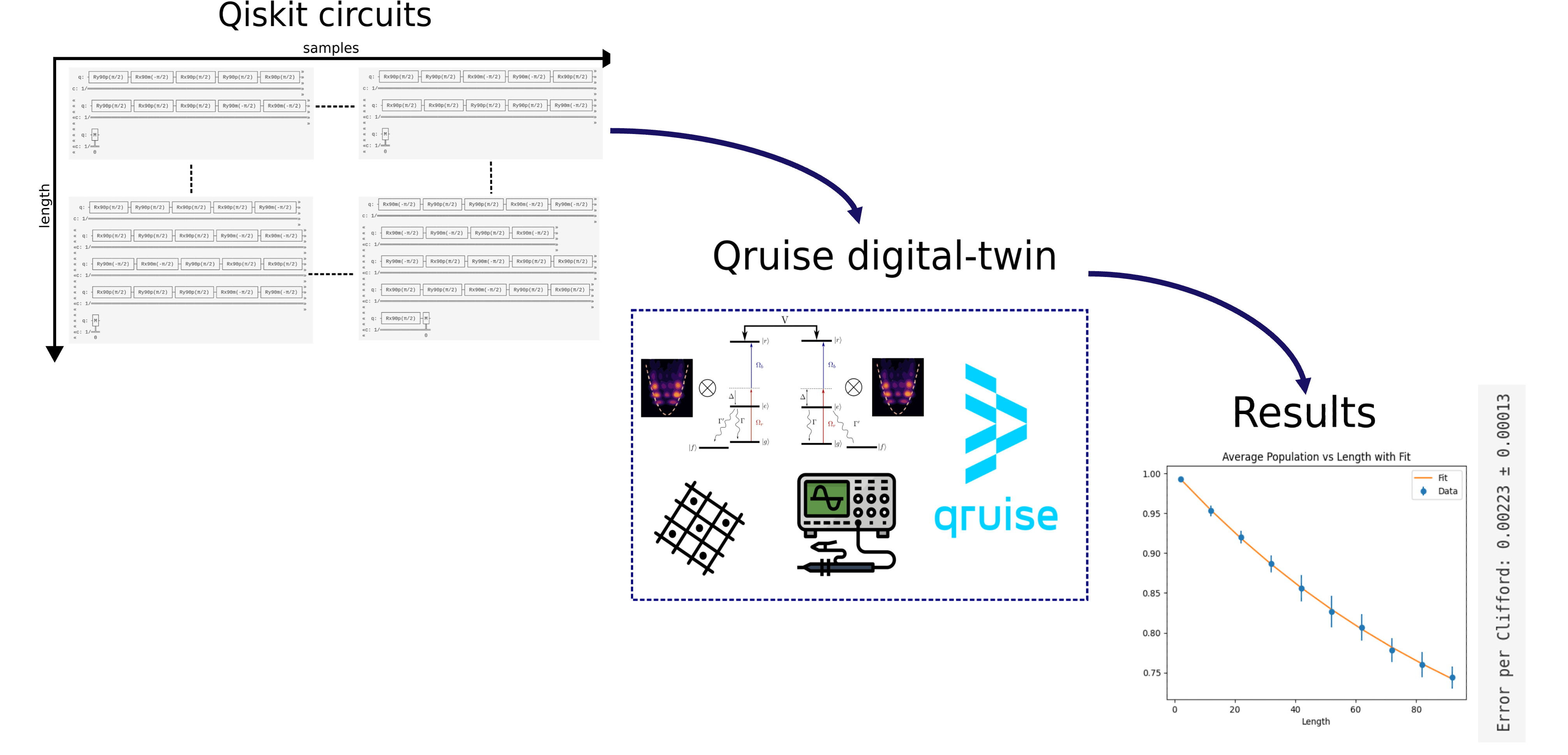
Symbolic expressions for system modelling
Symbolic components enable the user to represent any operator, quantity, or signal term as a symbol. During object construction, all symbols are assigned their respective values, except for signals, which are defined by the generator during Hamiltonian evaluation.
from qruise.toolset.libraries.symbolic import SymbolicSubsystem, SymbolicDrive, Operator
import qutip as qt
import sympy as sp
# Qubit
s1_plus = Operator("\sigma_{+,1}")
identity = Operator("\mathcal{I}")
zero1 = Operator("0_{s1}")
spin1_symb = SymbolicSubsystem(
name="spin1",
params=[],
base_operators=[
[s1_plus, qt.sigmap().full()],
[identity, qt.qeye(2).full()],
[zero1, qt.qzero(2).full()],
],
local_hamiltonian=zero1,
)
# Display the Hamiltonian
print(spin1_symb.local_hamiltonian)
QruiseOS:
Quantum noise spectroscopy
Suppression of decoherence is essential to boost gate fidelities on a QPU. Decoherence suppression strategies tailored to the QPU can be designed if one has information about noise properties of the device. Since dephasing generally has the most detrimental effect on the QPU performance, we implemented a method based on dynamical decoupling sequences to measure the noise spectral density of the dephasing noise experienced by the qubit. We have support for a broad range of CPMG-type experiments that can be run out of the box on various quantum devices. Additionally, detailed analysis and simulation modules are also provided, which allow users to test their noise spectroscopy routines.
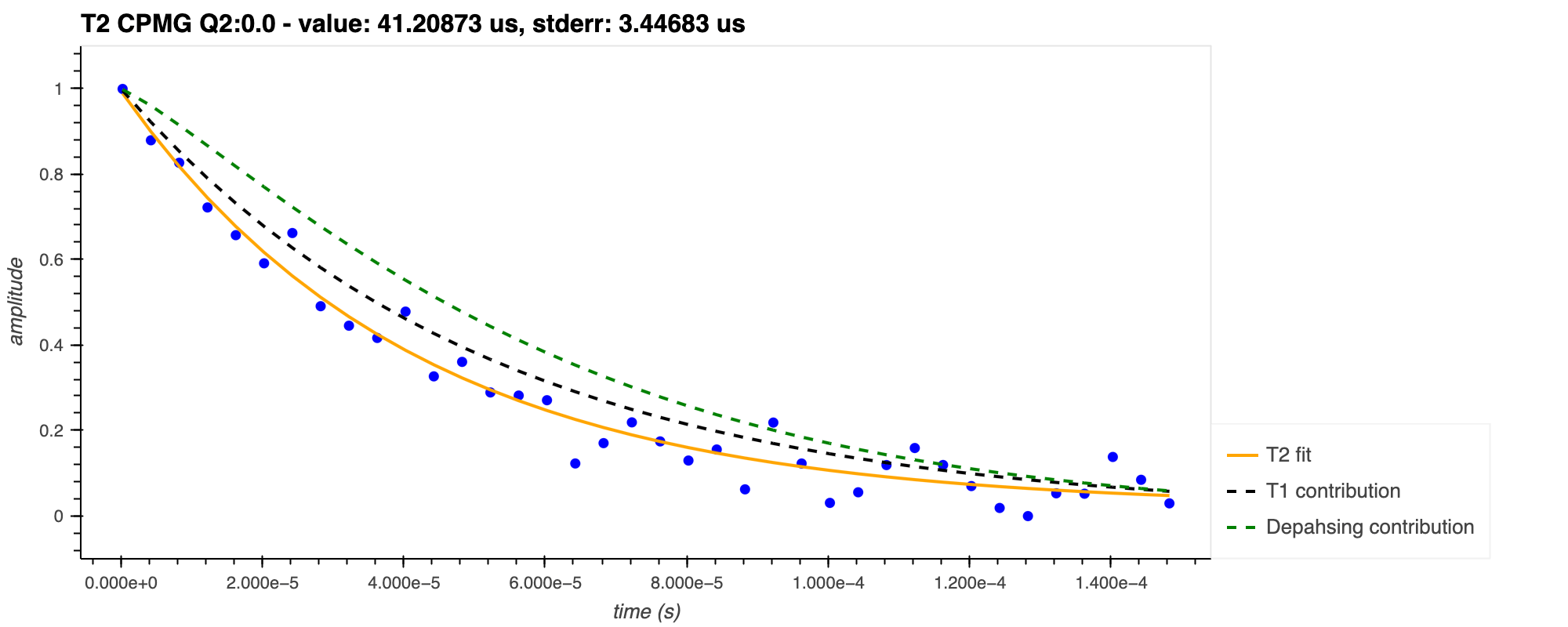
Device monitoring: latest and historical data
Monitoring system performance is particularly critical for labs and HPC centres hosting quantum computing infrastructure with external access. But it's also important for R&D institutes trying to understand how the changes in environment and in classical control affect the long term behaviour of their quantum device. Our comprehensive system characterisation and calibration library feeds to a database which now allows users to not only check the results of most recent calibration and characterisation but also explore trends in long term historical data of the system.
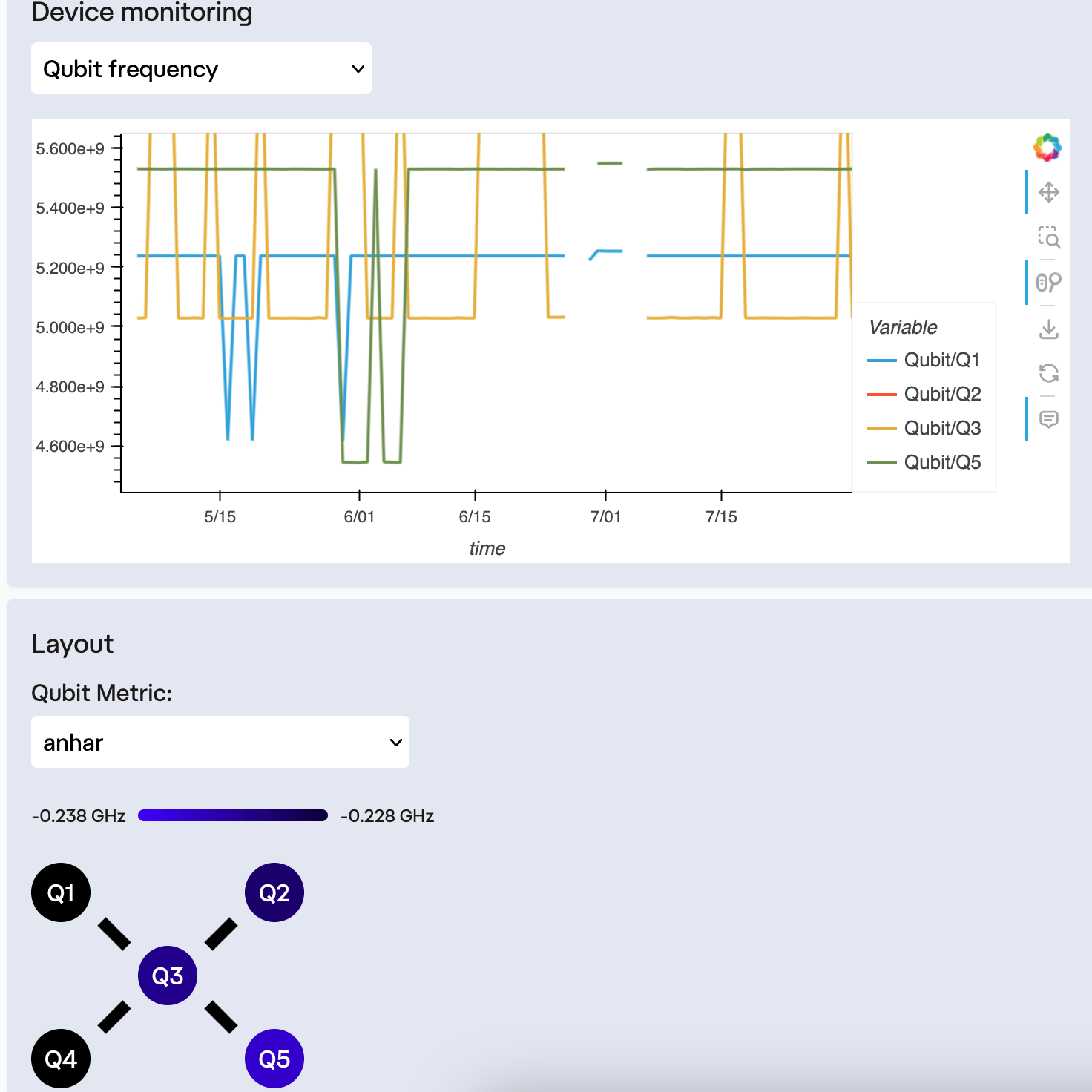
Users can choose to monitor data from a broad set of preset system parameters and also customise this further to add their own specific parameters of interest.
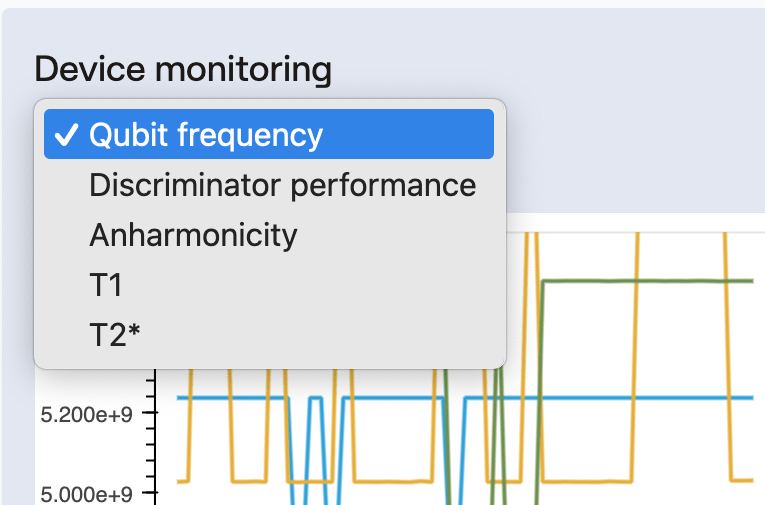
In-browser trial instance
Are you setting up a quantum computing lab in academia or industry and considering QruiseOS for your calibration and characterisation needs? Or do you already have an operational QC lab but are tired of using fragmented python scripts for repetitive bring-up routines? Well, we’ve developed a fully web-based trial platform for you to try out the QruiseOS software just by logging into a browser window!
This trial platform lets you:
- explore our extensive library of characterisation experiments
- easily design & run workflows using these experiments
- monitor your QPUs
- see all of these in action on our intuitive control centre dashboard
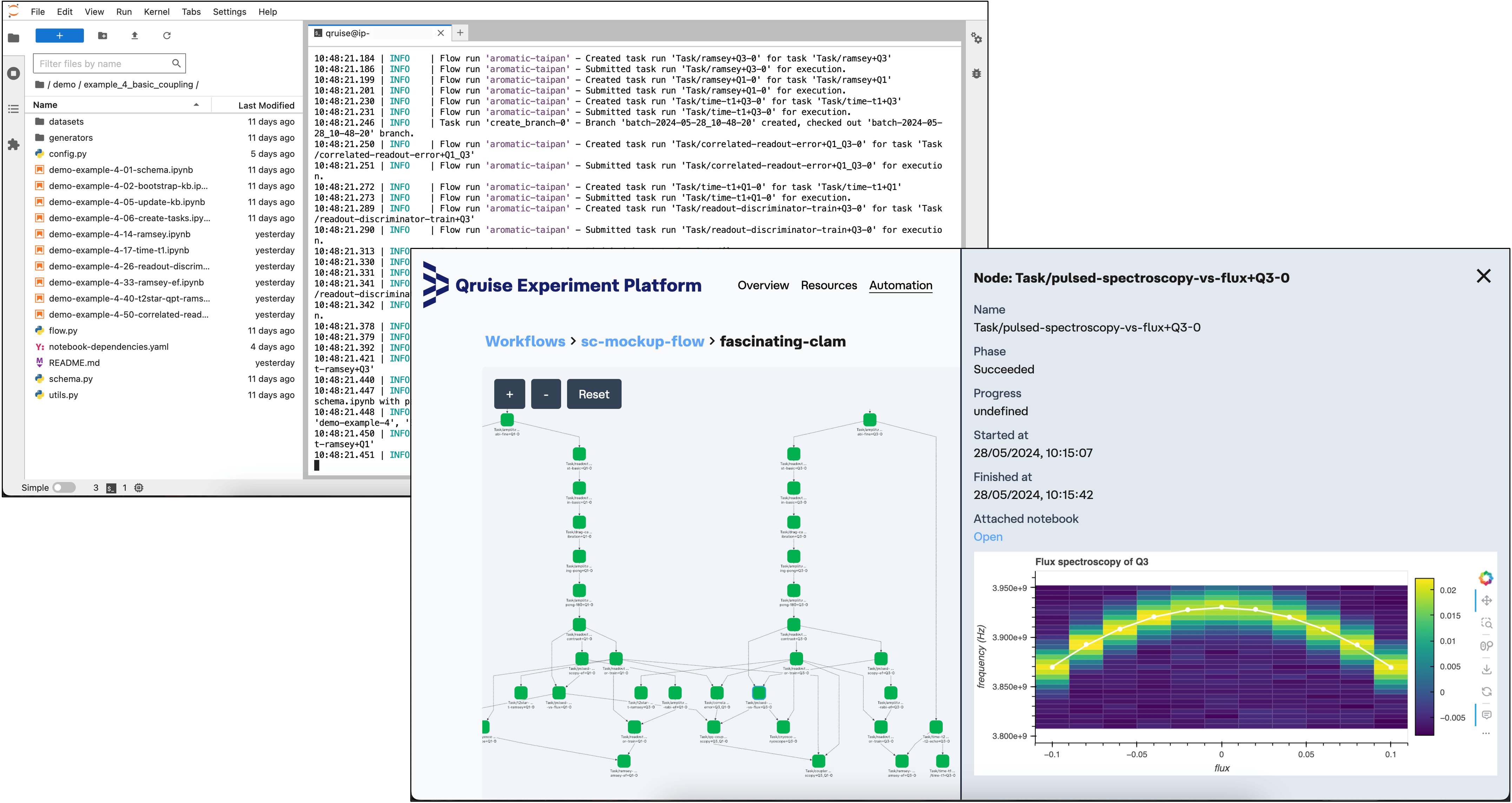
The trial platform is a fully featured solution with a mock QPU backend and an integrated development environment, allowing you to try out the complete extent of capabilities of the QruiseOS tools, for free and without any upfront commitments!
Stay Informed with Our Newsletter
Subscribe to our newsletter to get the latest updates on our products and services.